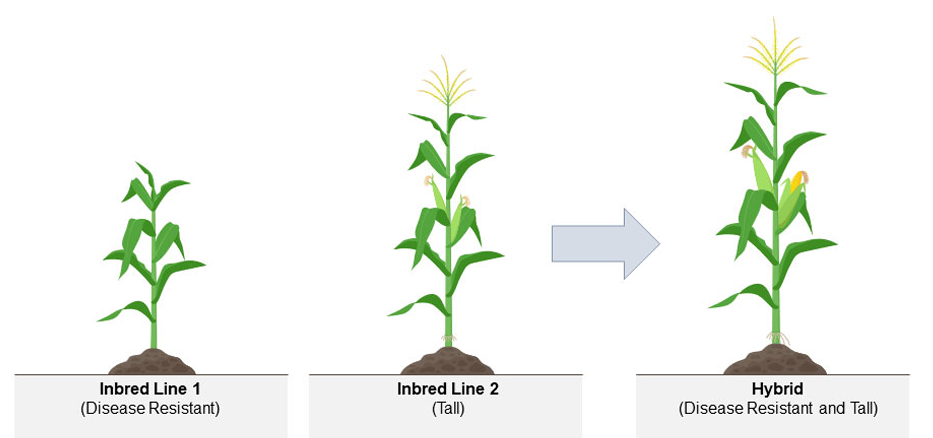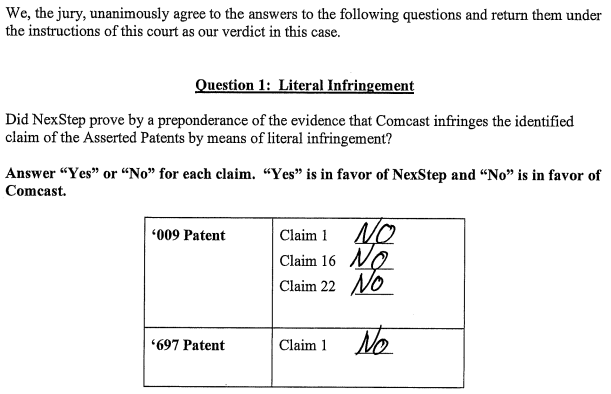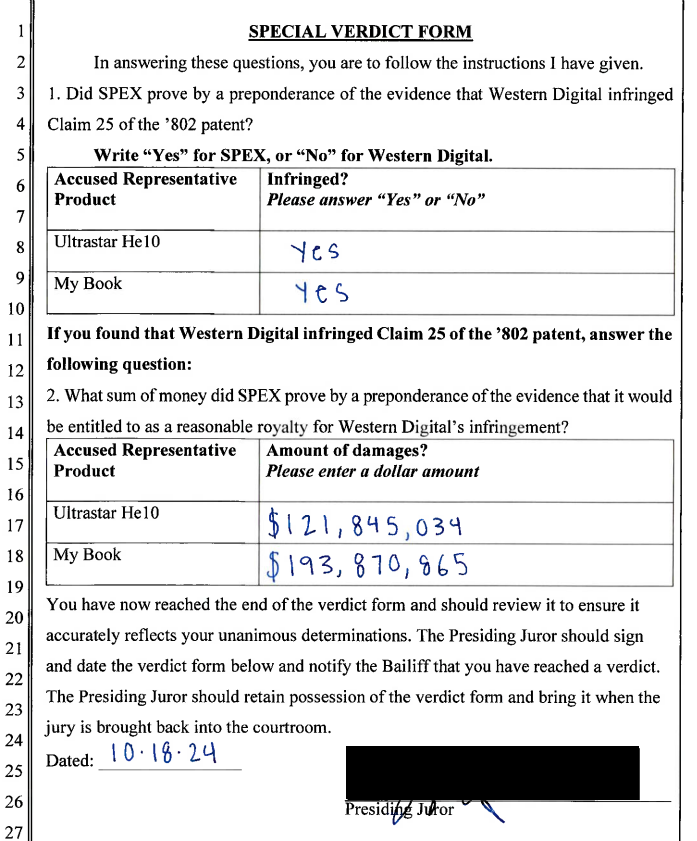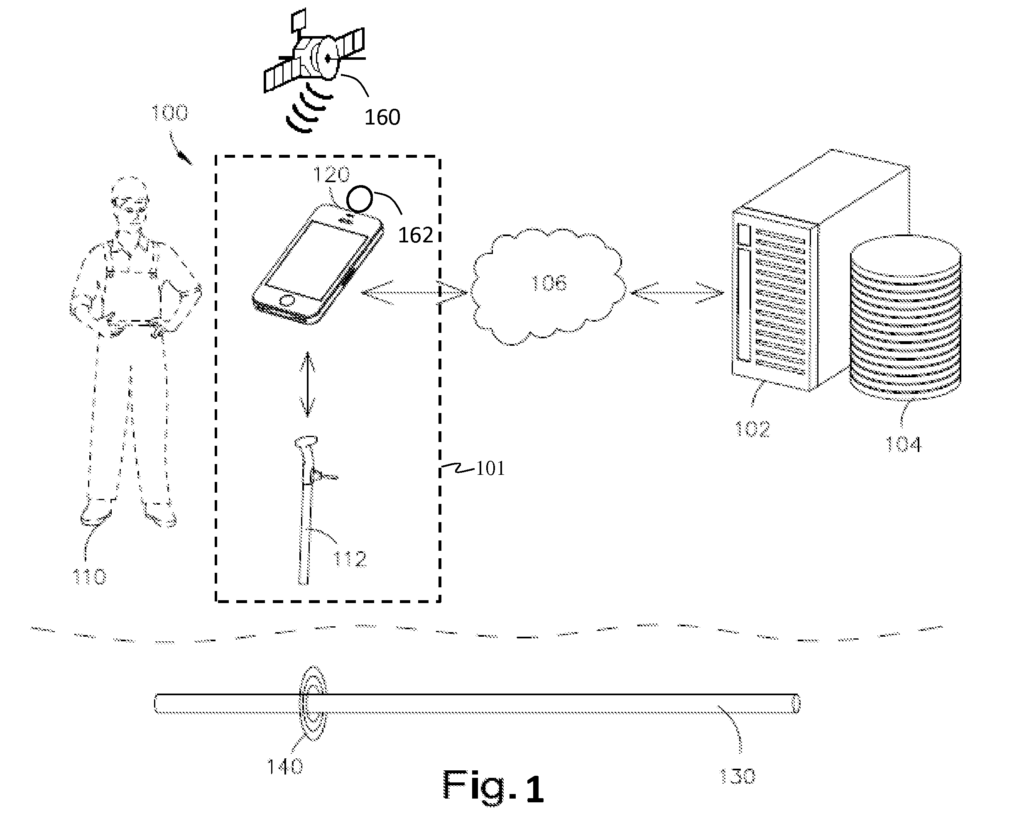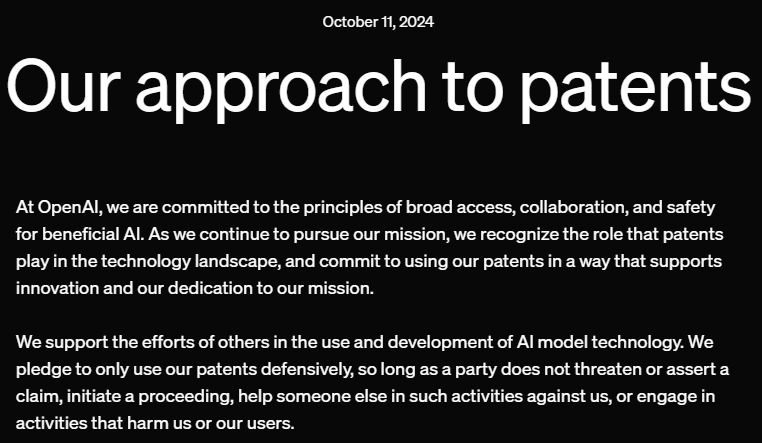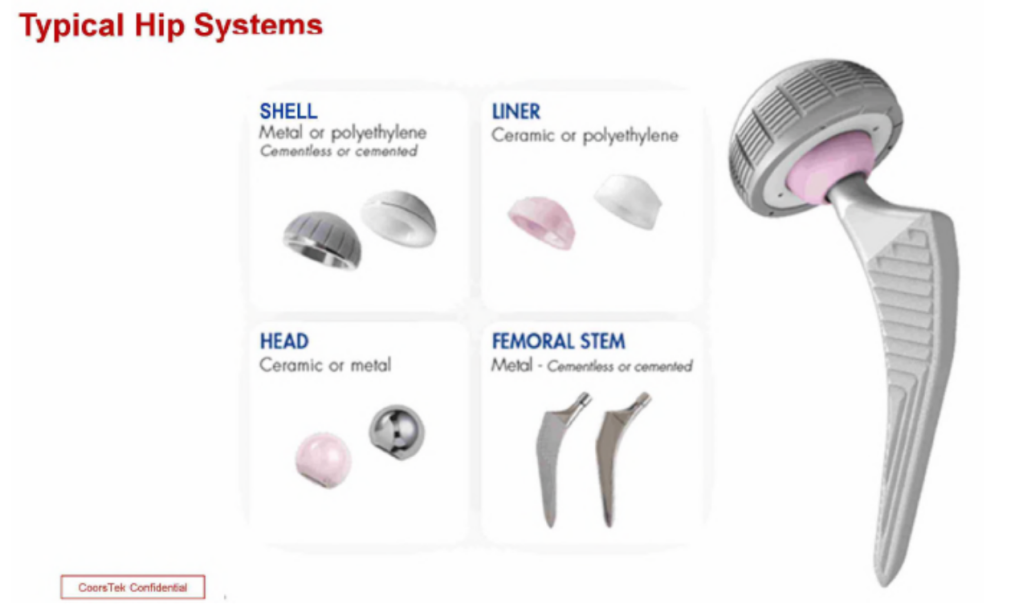Dennis Crouch
The Federal Circuit has vacated the E.D.N.C. Judge Boyle’s denial of an anti-suit injunction in a major FRAND licensing dispute between Ericsson and Lenovo. Telefonaktiebolaget LM Ericsson v. Lenovo (United States), Inc., No. 24-1515 (Fed. Cir. Oct. 24, 2024). The decision provides important guidance on when U.S. courts should issue anti-suit injunctions to prevent SEP holders from enforcing foreign injunctions while FRAND obligations are being adjudicated domestically. Importantly, the Federal Circuit adopted the Ninth Circuit test from Microsoft Corp. v. Motorola, Inc., 696 F.3d 872 (9th Cir. 2012), and added some further refinement making anti-suit injunctions easier to obtain. (more…)
